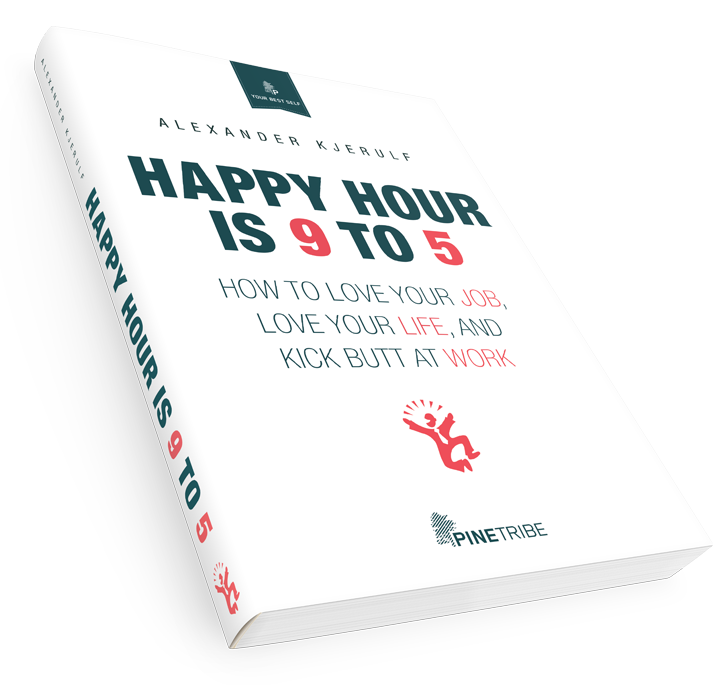 Blue Ocean Strategy by W. Chan Kim and Renée Mauborgne has much in it to like, but in the end it fails to deliver usable business tools because of one huge flaw: It completely misrepresents the nature of corporate innovation.
Blue Ocean Strategy by W. Chan Kim and Renée Mauborgne has much in it to like, but in the end it fails to deliver usable business tools because of one huge flaw: It completely misrepresents the nature of corporate innovation.
The book is subtitled “How to create uncontested market space and make the competition irrelevant” and is based on a blue ocean vs. red ocean metaphor. Businesses can stay in their place in the market and fight all others in that red-ocean space (think red with blood) or they can sail of into the blue ocean where no one else has gone yet.
The book cites ventures by companies such as Cirque Du Soleil, Southwest Airlines, [yellowtail] wine, Apple and Curves gyms as examples of Blue Ocean Strategies.
Blue Ocean makes 4 major points that every business can learn from:
Pay attention
All change begins with an appreciation of your current situation. First get to know your business and your market. Listen to your customers and to those who are not your customers.
Go simple
Look at what you can do, but also examine what you can stop doing. What are you doing that isn’t really of value to the customer? How can a simpler product be of even greater value?
Play a non-zero-sum game
Don’t fight over the pie – grow the pie. Cirque Du Soleil didn’t steal customers from Ringling Bros., they brought a whole new crowd of people to the circus.
Visualize your strategy
The book demonstrates a strategy canvas – a 1-page chart that visualizes what areas to focus more or less on compared to the business today and to competitors. This helps sell the strategy inside the organization.
That’s good advice. However, the approach described will not help companies create major change.
The problem is the role the book gives to innovation. When the Blue Ocean strategic process is outlined, only one point out of 10 mentions new ideas, saying “See which factors you should eliminate, create or change”. In other words, one word (“create”) in one sentence focuses on the actual process of creating new ideas – everything else is strategy. That’s not the way it works.
It is typical, though, of the way many businesses misunderstand creativity. There’s a widespread illusion that innovation happens like this:
- A manager somewhere notices an untapped business opportunity
- He tasks someone with finding a way to tap that potential
- Someone comes up with an idea that matches the opportunity
- The idea is implemented
In real life, however, innovation usually happens like this:
- Somebody, somewhere in the organizations has an idea – often totally unrelated to his actual job
- He tries to interest others in it and is told to drop it
- He perseveres and finally someone else agrees to try it out
- The company suddenly discovers that it has a runaway hit on its hands
If you don’t believe me, read this story of how post-its were invented at 3M. If ever there was a Blue Ocean product this is it, but the process was most definitely NOT as described in the Blue Ocean book.
It is my firm belief that few companies will be able to apply the tools in the Blue Ocean book to actually create ground-breaking innovation. Even the case stories cited in the book support this – only two stories are told in which companies apply the book’s metods and they result only in incremental innovation.
Which is not surprising. A measured strategic approach like the one described here is fine for creating measured, incremental change, but if you really want to take your business into uncharted water, you will need a completely different approach to innovation.



Leave a Reply